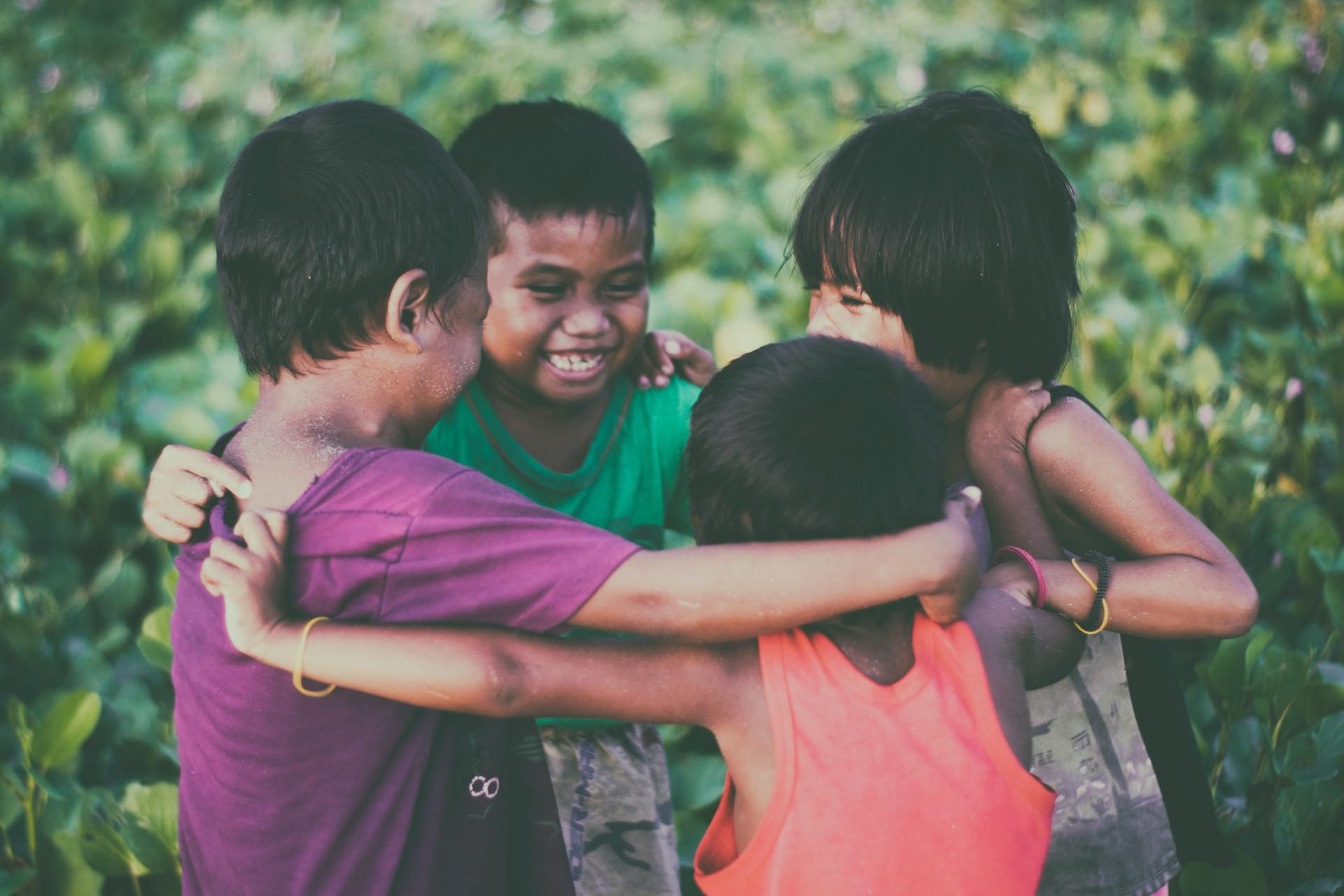Claire Symington's Corner
ABOUT ME
Use this space, away from social media, to take what you need. I have always found information helpful in calming fears and anxieties, but too much information has the opposite effect. I've created this site to provide you with positive and informative information that is limited to what you need to know to help your family (and yourself) navigate through these uncharted waters.
Emergency? Call me.
Fred Rodgers said that that when he was a boy and would see scary things on the news, that his mother would tell him to look for helpers - you will always find people willing to help. I may not have the answers and on my blog I will share some of my own insecurities and anxieties to show you that we are all human - but I am here to listen. Contact me if you feel the need to talk.
Articles








